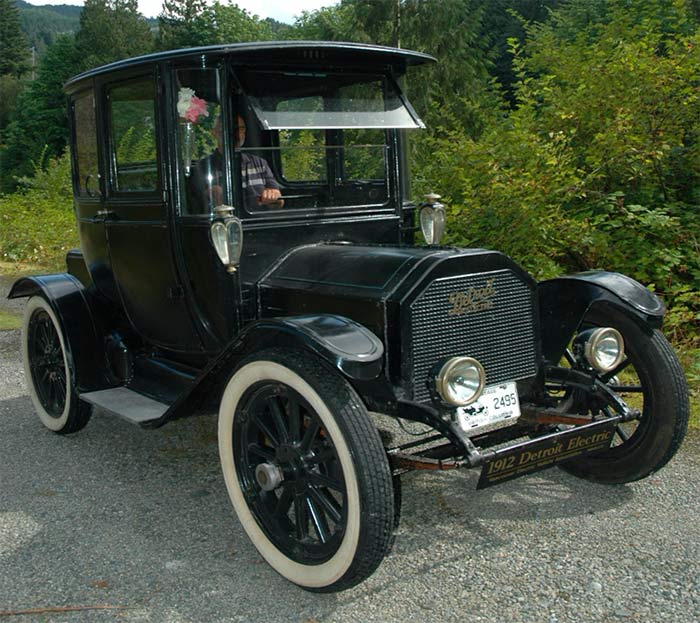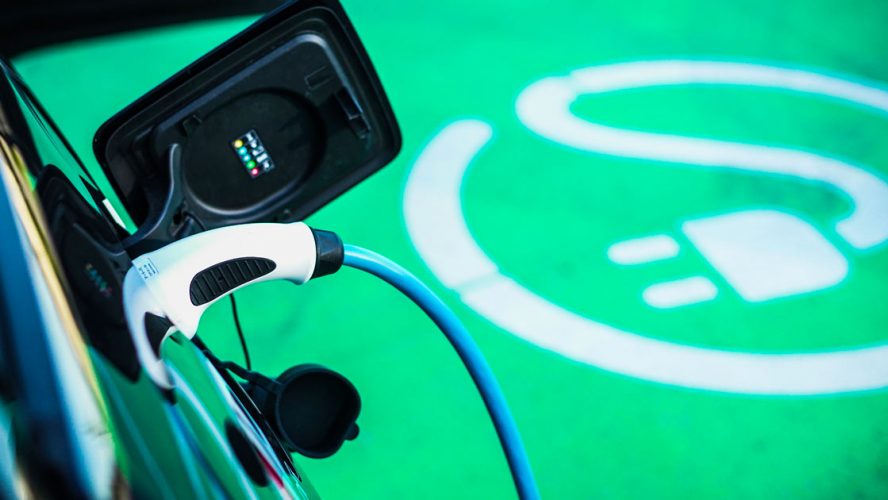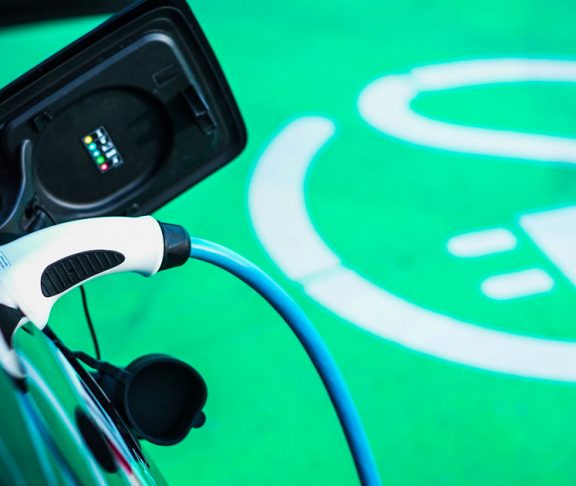
John Stonier, CPA, CA
Member, EV Society of Canada &
President, Vancouver Electric Vehicle Assocation
In the 10 years since electric vehicles (EVs) began rolling off production lines, we’ve passed the early adopter stage. Hundreds of thousands of buyers have enjoyed the many benefits of electric transportation: superior performance, low operating costs, and virtually no maintenance costs. Most say they’ll never go back to internal combustion engine (ICE) vehicles. And now further technological advances, models, and improved utility are combining to increase cost savings and drive mass adoption.
There are many environmental and social reasons to go electric, but I’m going to address the practical, economic issues that have been a concern for many. We now know that EV cost savings are real and sustained.

While it’s true that EVs are generally more expensive to purchase, even the purchase price of comparable ICE cars doesn’t credit the superior performance and longevity of EVs. And it’s clear that EVs far outperform ICE vehicles when it comes to operating costs. If you drive 18,000 kilometres per year in Canada, the cost for home-supplied electricity is approximately $40 each month. Equivalent monthly petroleum costs would range from $100 for the best hybrids to $400 for a new, standard-sized pickup truck. And as ICE cars age and get out of tune, their monthly fuel costs increase.
The evidence is even clearer for EVs’ lower maintenance costs. In the seven years since I bought a new Nissan LEAF, the total maintenance costs have been no more than $500. And those costs are the same things you’d have to attend to on any car: new windshield wipers, tire rotations, wheel alignment, brake fluid changes, a replacement cabin air filter, and a lead acid 12-volt battery that reached the end of its normal life expectancy. No brake pads will likely be required until after 250,000 kilometres, thanks to regenerative braking. And that’s it. As Elon Musk likes to say, a motor with only one moving part will last a million miles.

Key to long-term value for any car is how long it’ll last. Most modern EVs will probably last a million miles, or 1.6 million kilometres. At 18,000 kilometres per year, that’s 89 years! From our experience to date, we know that batteries will have to be reconditioned every 8 to 10 years or so and replaced every 15 to 20 years or every 250,000 kilometres, but batteries are much less expensive than the cost of a new car. Let’s assume, at the worst case, that they’re half the cost of a new car. It’s still clear that EVs, with their significantly lower operating costs and longevity, will be much cheaper than ICE vehicles in the long term. And we’re now seeing the used EV market grow quickly as the higher production years models of 2017 and 2018 become available, making EVs even more accessible.
At the Vancouver Electric Vehicle Association, our grand ambassador — a 1912 Detroit Electric car — still drives today on its original motor. Its original batteries, a nickel-iron chemistry, lasted 78 years — until 1990! This year we replaced a tired set of lead-acid batteries and are looking for another 80 years of life from the new battery set, which replicates the factory technology of a century ago.
There are still challenges: improving public charging networks, retrofitting old buildings without EV charging, and addressing setting up the secondary markets for reconditioning and recycling traction batteries. But for the EV driver today, smart economics are key drivers in ensuring EV’s future.
John Stonier, CPA, CA is a member of the EV Society of Canada and President of the Vancouver Electric Vehicle Association. He’s a financial executive, entrepreneur, enthusiast, and advocate, and has been a public speaker on electric cars since 2005. His first electric car, a conversion, was completed in 2012.


